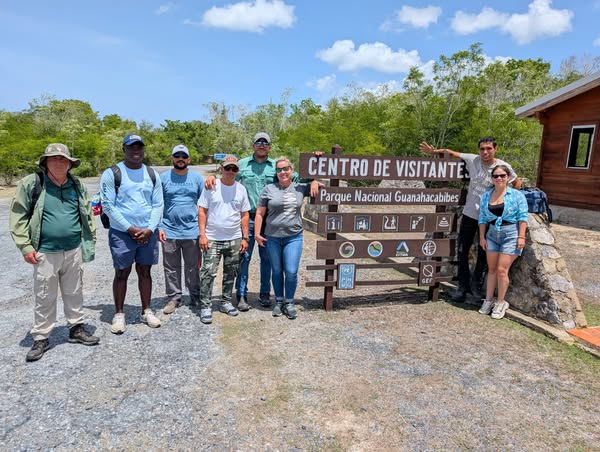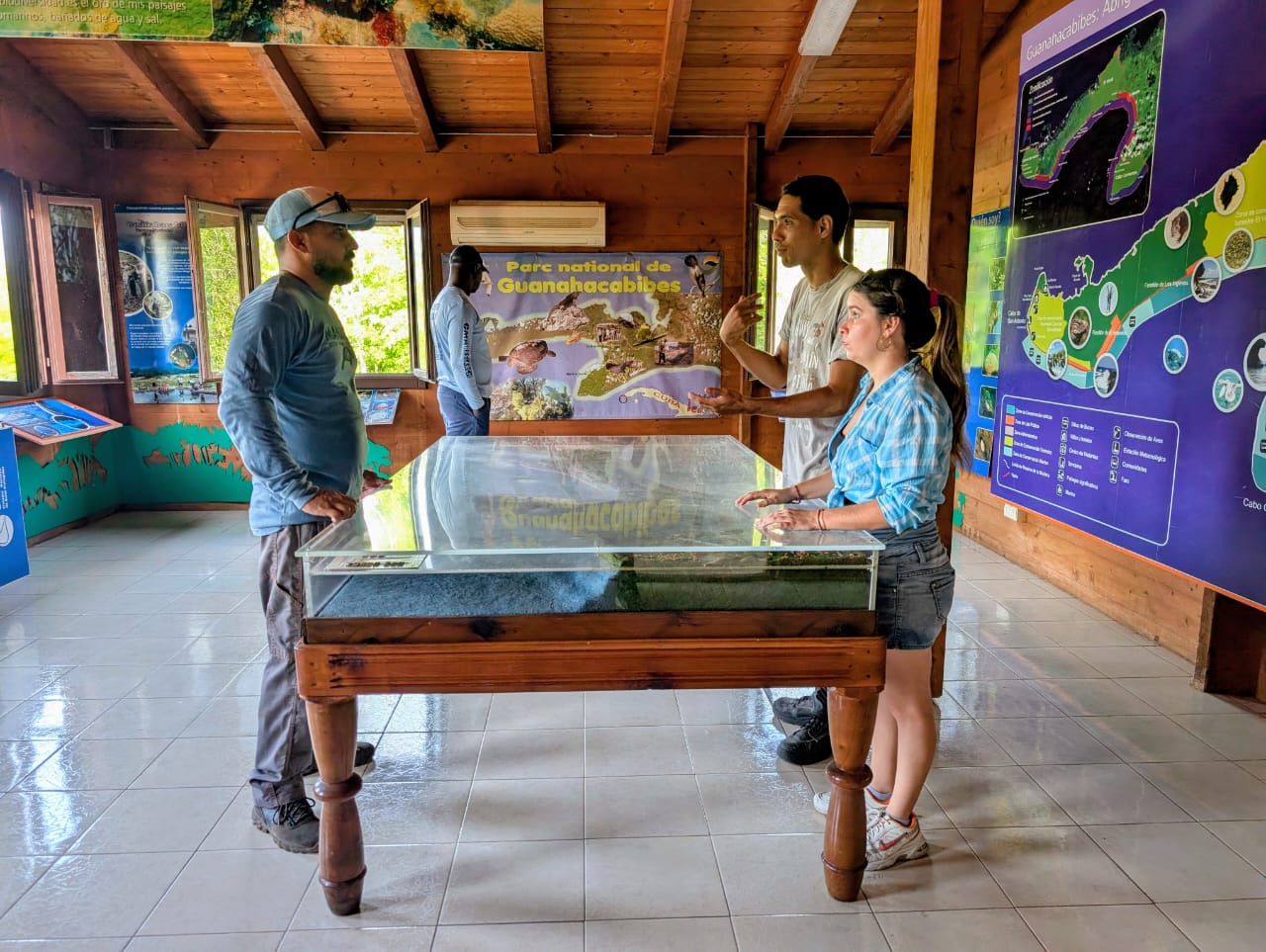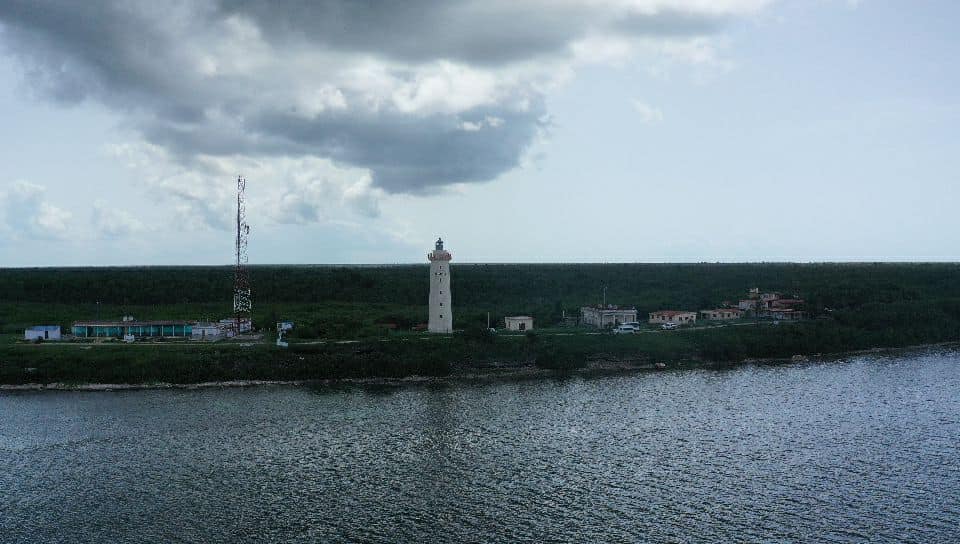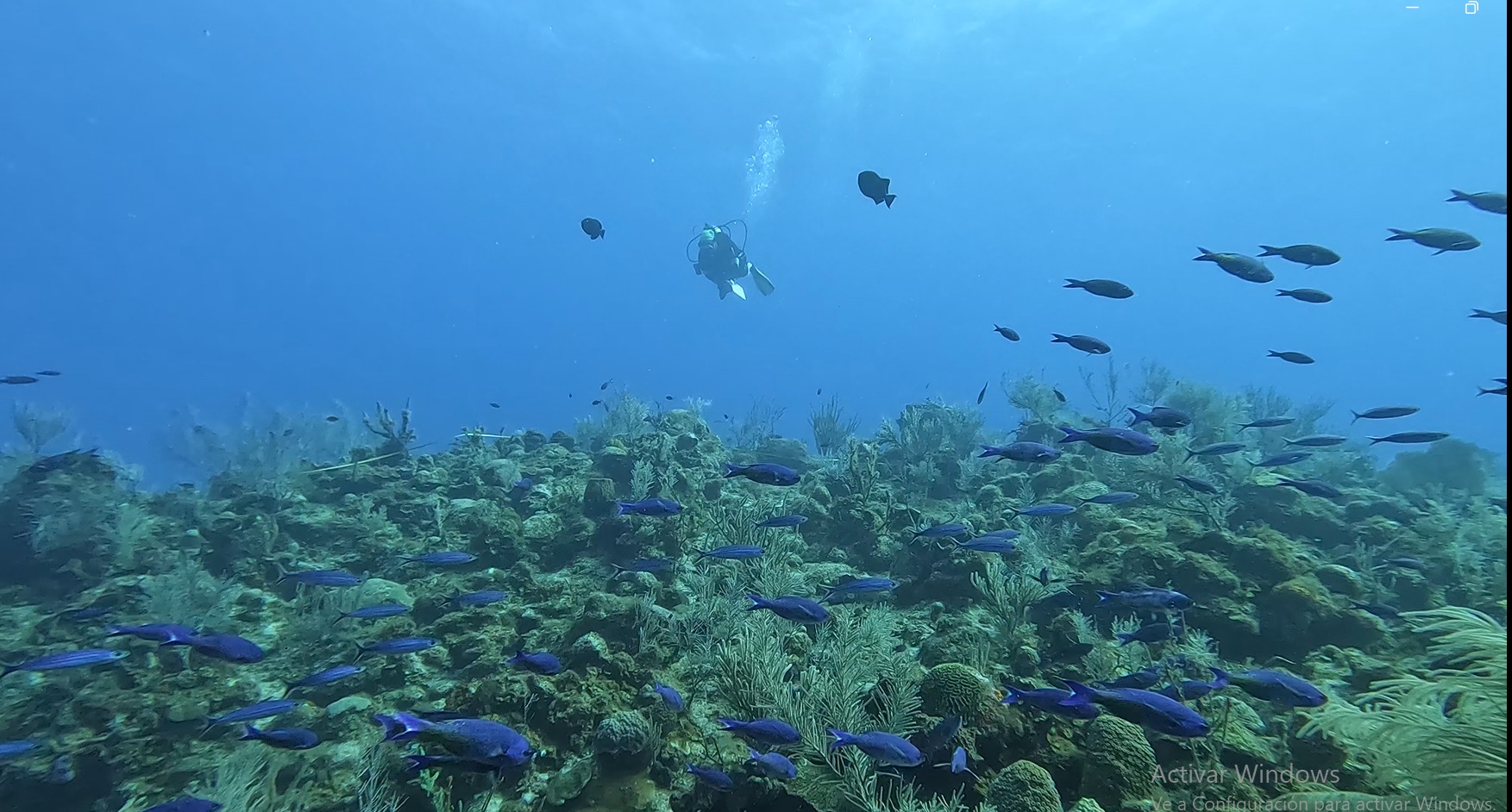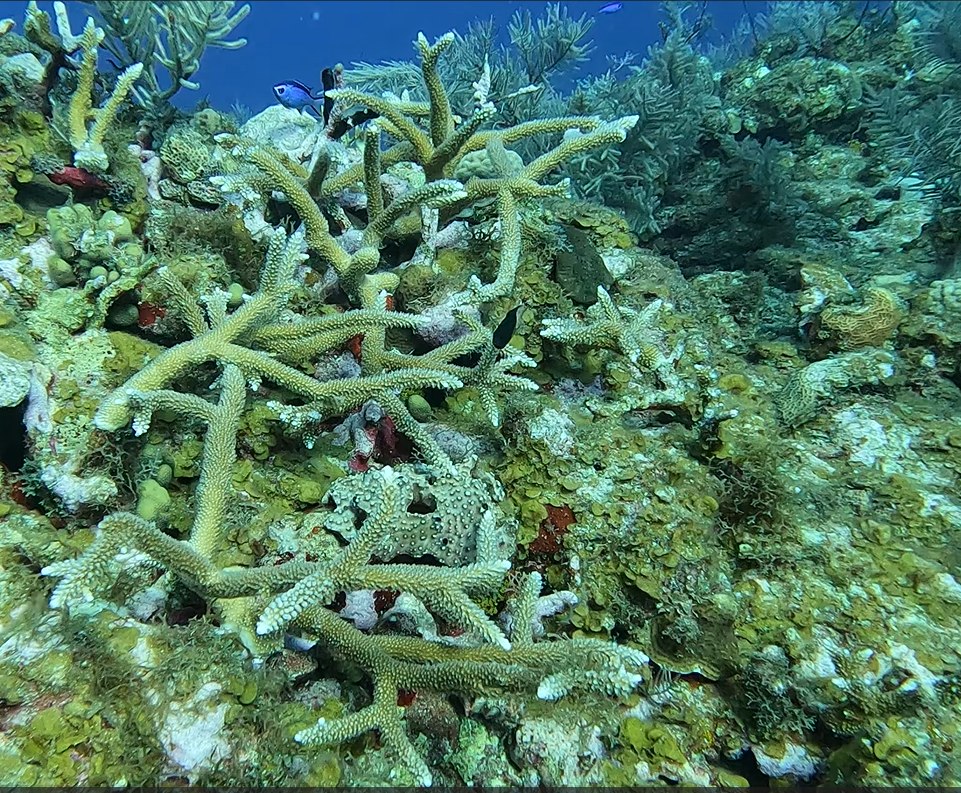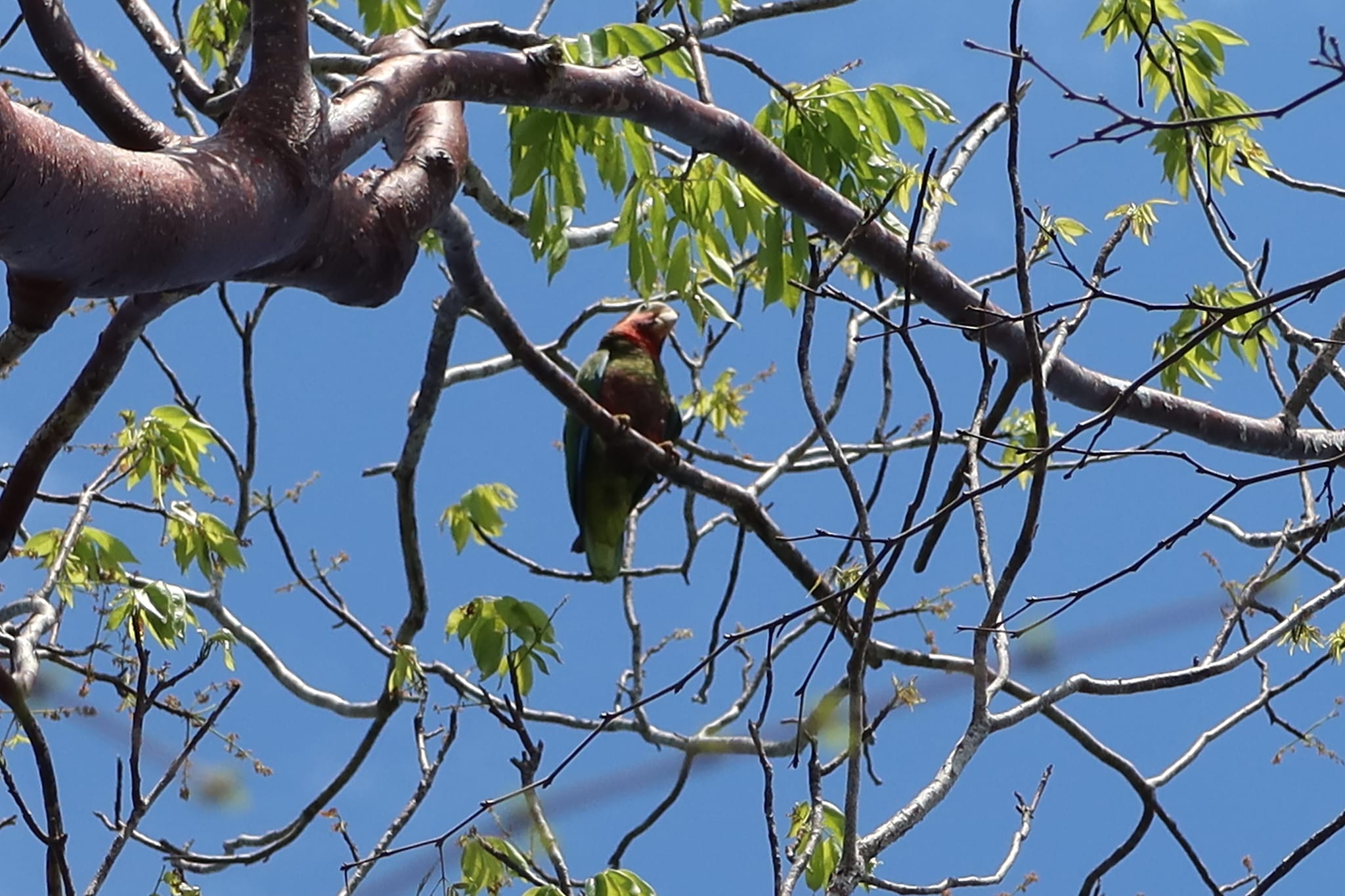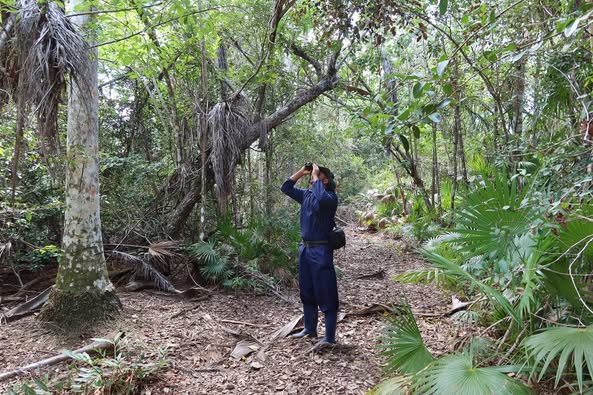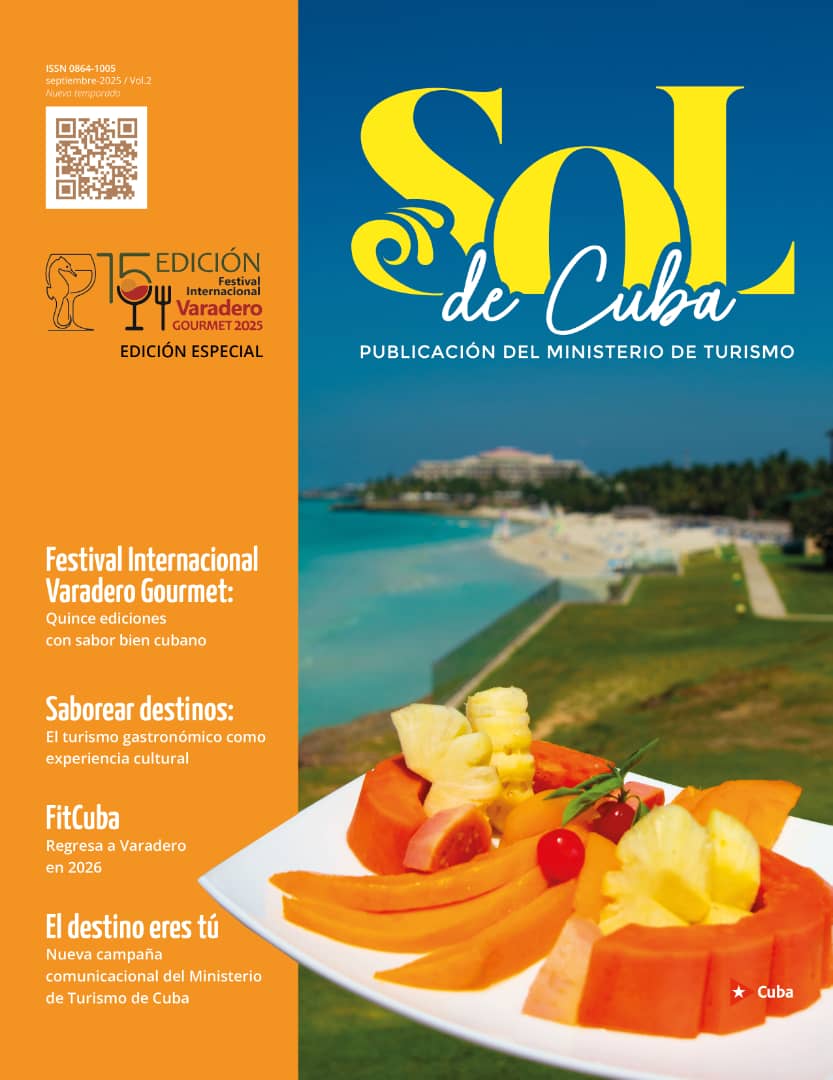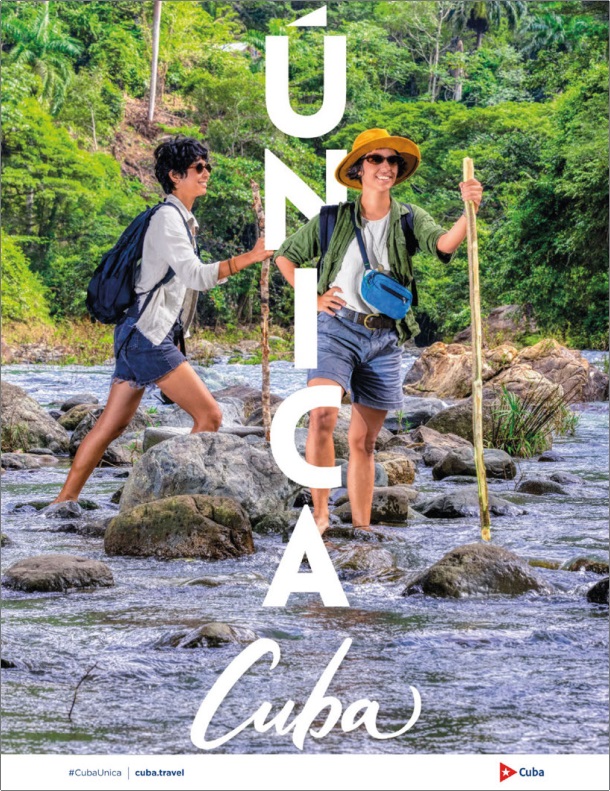Guanahacabibes: Paradise beaches for the green turtle in Cuba
Guanacahabibes National Park is a sanctuary of biodiversity and natural beauty
Posted by Sol de Cuba, 06/10/2025
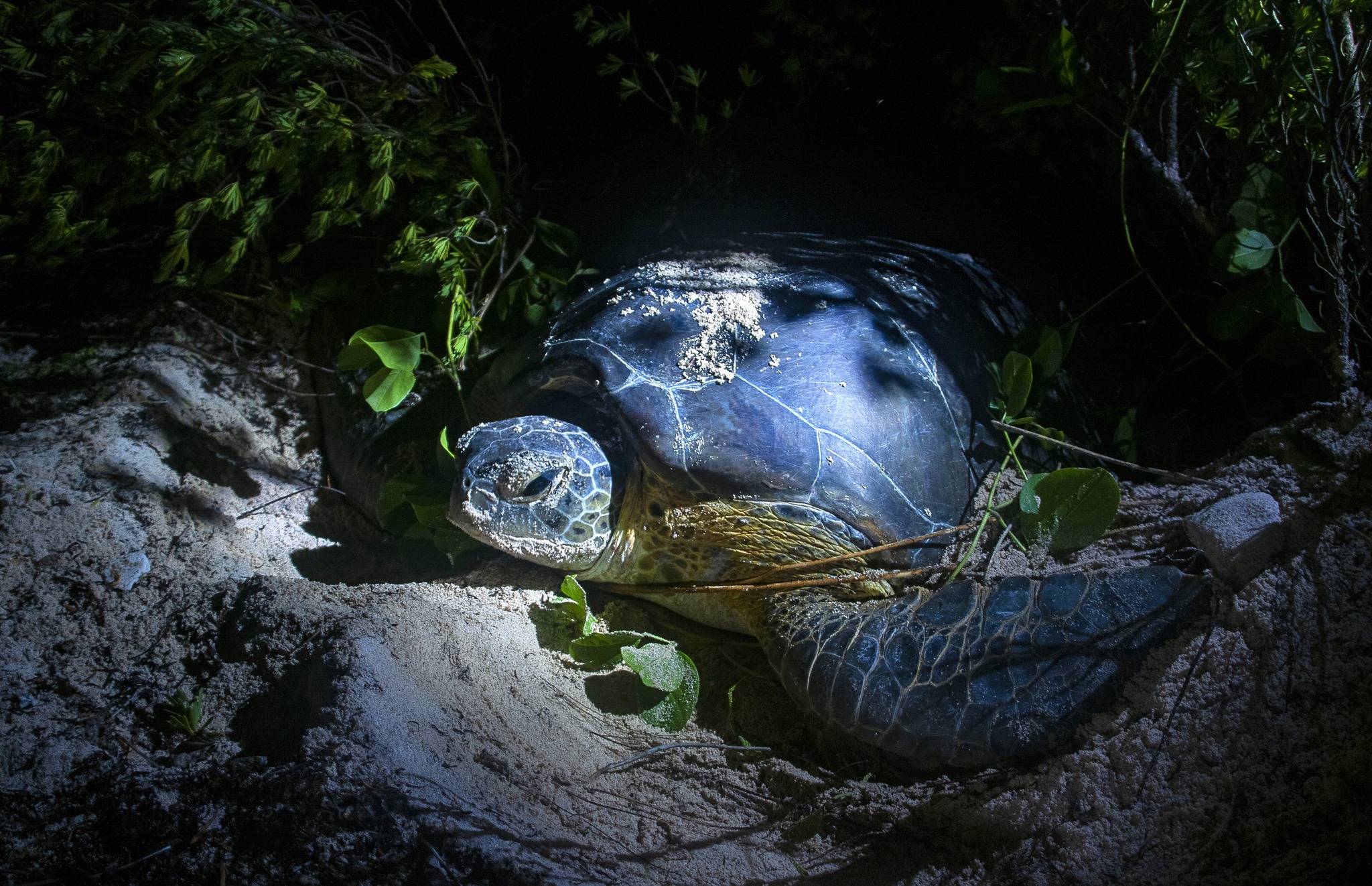
Discovering every corner of Cuba can be a unique, even challenging, experience. Such an impression is left on travelers by Guanacahabibes National Park, for example, considered a sanctuary of biodiversity and natural beauty.
Located on Cuba’s southwest coast, this destination has been classified as a Biosphere Reserve by UNESCO, making it a must-see for ecotourism and nature lovers.
DSc. Armando Rodríguez Batista, Cuba’s minister of Science, Technology and Environment, recently highlighted one of the particularities that makes this area of Cuba special: the widespread presence of sea turtles.
“The sea turtle monitoring and protection campaign in Guanahacabibes National Park has just concluded. This has been going on for 27 years without interruption, ever since 1998, when Dr. María Elena Ibarra Martín, director of the Center for Marine Research (CIM), and her students from the University of Havana, stormed the pristine beaches of western Cuba to begin a colossal crusade for the conservation of the three species of turtles that nest in the region,” he wrote on social media.
The opportunity to observe the nesting process of turtles up close, especially the green turtle, has become a highly significant experience in the region.
This year, more than 200 young students and professors from the universities of Havana and Pinar del Río, along with residents of local communities, occupied seven beaches on the southern coast of Guanahacabibes to ensure the systematic study of these marine reptiles, generating up-to-date scientific knowledge to support the survival of these species, the minister noted.
According to experts, it is estimated that four of the seven species of sea turtles that inhabit the planet have survived in Guanahacabibes.
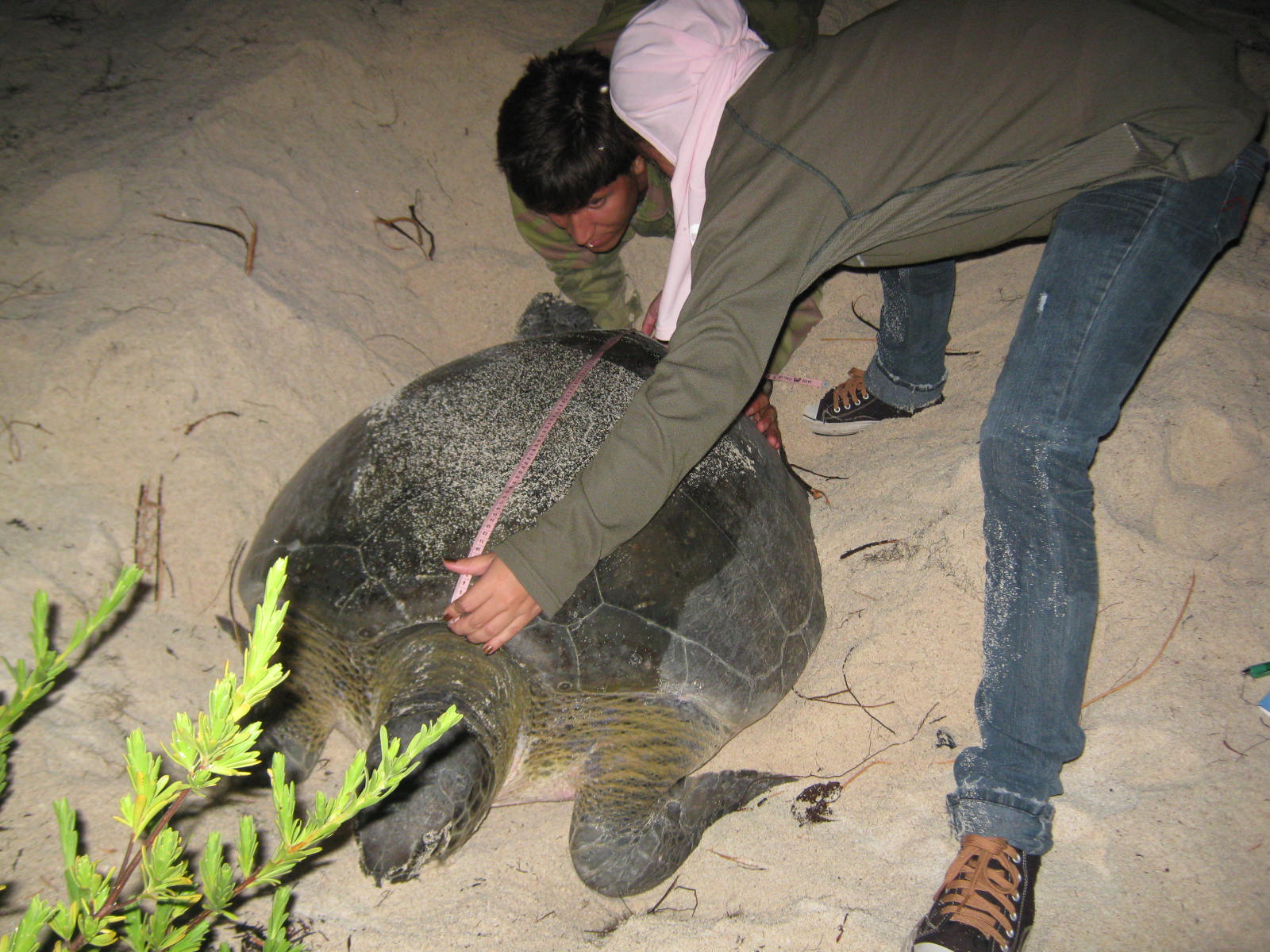
Captivating Fauna, flora, and landscapes
The impressive variety of ecosystems that Guanahacabibes harbors ranges from subtropical dry forests to lush mangroves and pristine beaches. This is why it is home to numerous endemic species of flora and fauna, and is also ideal for birdwatching and studying biodiversity.
The presence of more than 100 species, including the majestic flamingo and the emblematic hummingbird, as well as a large number of reptiles, including several species of iguanas, some of which are endangered, illustrate the richness of the environment.
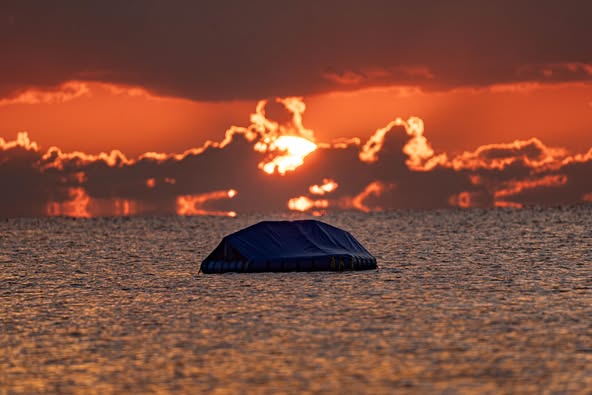
Available ecotourism activities
- Hiking: Trails that allow you to explore the park’s natural wealth.
- Birdwatching: Guided tours to spot local species.
- Diving and snorkeling: Discover the colorful coral reefs and marine life.
- Nature photography: Unique opportunities to capture the beauty of the surroundings.
